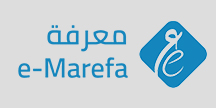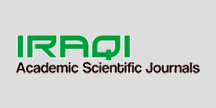Application of the RUSLE model to estimate water erosion in the southwestern basins of Akre Mountain
##semicolon##
https://doi.org/10.21271/zjhs.26.6.9##semicolon##
Soil erosion##common.commaListSeparator## potential erosion##common.commaListSeparator## RUSLE model##common.commaListSeparator## GIS and digital data.پوختە
The process of water erosion assessment and determining its levels is one of the necessary steps in watersheds managment. Through the process, it is possible to determine the areas exposed to water erosion and its severity, and then put in place protective measures to reduce its focus and mitigate its effects. Soil erosion is exacerbated by heavy rainfall after a long period of dry seasons, steep slopes, intensive cultivation, and a lack of appropriate soil conservation measures. This study aimed to apply the RUSLE model to estimate the potential annual rate of erosion in the southwestern basins of Akre mountain and determine its levels in order to determine the initial priorities for management and conservation practices the results of applying the model showed that the potential annual erosion rate in the study area ranged between 0.02 - 278 (tons/ hectares/ year) and a rate of 20.7 (tons / hectares / year). In general, about 52.8% of total study area has a level of slight-moderate erosion, and that about 38.4% of the study area was affected by moderate-severe erosion, while the area of the severe-very severe erosion category amounted to more than 8.9%, which is represented the lands of It is mountainous and their slopes, with an average slope of more than 18 degrees, as in the mountains of Akre and Denarta.
##submission.downloads##
بڵاو کرایەوە
چۆنییەتی بەکارهێنانی سەرچاوە
ژمارە
بەش
##submission.license##
##submission.copyrightStatement##
##submission.license.cc.by-nc-sa4.footer##Except where otherwise noted, content on this site is licenced
under a Creative Commons Attribution License 4.0 (CC BY- 4.0)










